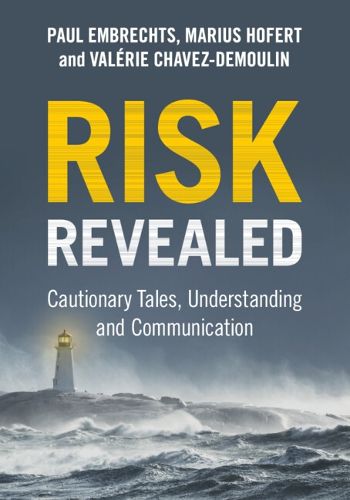Readings Newsletter
Become a Readings Member to make your shopping experience even easier.
Sign in or sign up for free!
You’re not far away from qualifying for FREE standard shipping within Australia
You’ve qualified for FREE standard shipping within Australia
The cart is loading…






Explore the concept of risk through numerous examples and their statistical modeling, traveling from a historical perspective all the way to an up-to-date technical analysis. Written with a wide readership in mind, this book begins with accounts of a selection of major historical disasters, such as the North Sea flood of 1953 and the L'Aquila earthquake. These tales serve to set the scene and to motivate the second part of the book, which describes the mathematical tools required to analyze these events, and how to use them. The focus is on the basic understanding of the mathematical modeling of risk and what types of questions the methods allow one to answer. The text offers a bridge between the world of science and that of everyday experience. It is written to be accessible to readers with only a basic background in mathematics and statistics. Even the more technical discussions are interspersed with historical comments and plentiful examples.
$9.00 standard shipping within Australia
FREE standard shipping within Australia for orders over $100.00
Express & International shipping calculated at checkout
Explore the concept of risk through numerous examples and their statistical modeling, traveling from a historical perspective all the way to an up-to-date technical analysis. Written with a wide readership in mind, this book begins with accounts of a selection of major historical disasters, such as the North Sea flood of 1953 and the L'Aquila earthquake. These tales serve to set the scene and to motivate the second part of the book, which describes the mathematical tools required to analyze these events, and how to use them. The focus is on the basic understanding of the mathematical modeling of risk and what types of questions the methods allow one to answer. The text offers a bridge between the world of science and that of everyday experience. It is written to be accessible to readers with only a basic background in mathematics and statistics. Even the more technical discussions are interspersed with historical comments and plentiful examples.